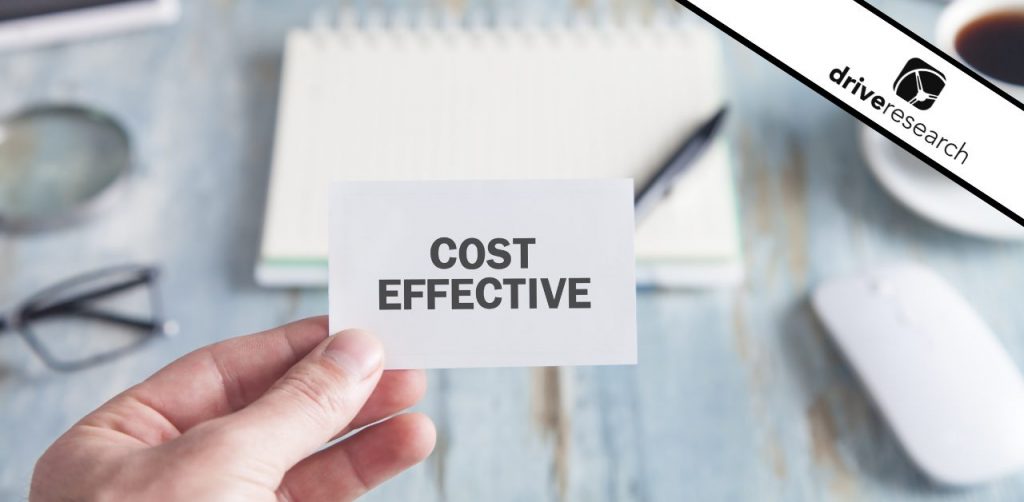
One of the most fickle topics when budgeting for a market research project is the reward payout to respondents. The payout to the respondent is also referred as the honorarium, incentive, or reward. When budgets are tight and a company wants to conduct research, cutting the honorarium amount is often the first item they look at. For instance, a client may ask, “instead of paying out $150 to our 48 focus group participants, can we pay out $100 and save ourselves $2,400?” On the surface it seems to make sense right?
Let’s Take a Closer Look At Recruiting Costs
In order for a market research firm to conduct a survey or recruit focus group participants based on pre-determined screening criteria by telephone, the call center must estimate a completes-per-hour ratio (CPH). This CPH is determined based on numerous variables including the topic of the survey, skills of the callers applied to the project, length of survey, incidence rate, and the reward for completion. Tinkering with each of these variables will impact the overall estimated CPH for the project positively or negatively. It’s essentially dangling the proverbial carrot.
For example a 3 minute long screening survey targeted to those who have watched an NFL game in the past year offering $10 per complete will have a much higher CPH than a 15 minute long screening survey targeted to HOHs aged 45 to 50 who have a child enrolled at a private college offering a sweepstakes entry for a $100 gift card. There are also other intangible benefits to higher payouts such as better respondent engagement and higher quality feedback because the respondent feels like they are receiving equal value for their time and thoughts.
Here is a Cost Breakdown of Recruitment
Here is a cost breakdown of how offering a higher incentive as part of your research project can actually drive down the overall expense of your project from your vendor. This seems almost counter-intuitive doesn’t it? Here is a closer examination of theoretical comparison. For this example, let’s say you own a local grocery store and you are trying to determine why some residents in the area choose your store over others and vice-versa. You also want to cover other topics around advertising and satisfaction with the store and you know the survey won’t last longer than about 8 minutes.
You take this information to the same market research vendor and you (cleverly) ask them to provide two quotes, (1) a small payout to survey respondents offering an entry into what is essentially a $100 raffle and (2) a larger payout to each individual survey respondent of $5. You plan on designing the survey script and programming it yourself, as well as conducting all of the analysis and reporting on your own. You like to think of yourself as a moonlighting analyst.
In this scenario the higher reward payout results in an increased CPH which drove the call center to estimate a lower necessary number of caller hours to complete the project. With a better offer, more people are willing to participate in the survey and complete it without dropping out. Therefore when compared to the smaller incentive sweepstakes payout, paying out $5 per completed survey and a total of $2,000 in incentives, it actually results in $2,100 in project cost savings. So the next time you are trying to fall within a budget on your market research project and need to reduce costs, do not always jump to reducing the incentive amount paid to respondents. It can have profound impacts on the CPH and the resulting call center costs, as well as an impact on respondent engagement and data quality.
Contact Our Company For Help With Recruitment
Drive Research manages online focus groups nationally. Have Questions? Contact us at [email protected] or get a custom quote.



